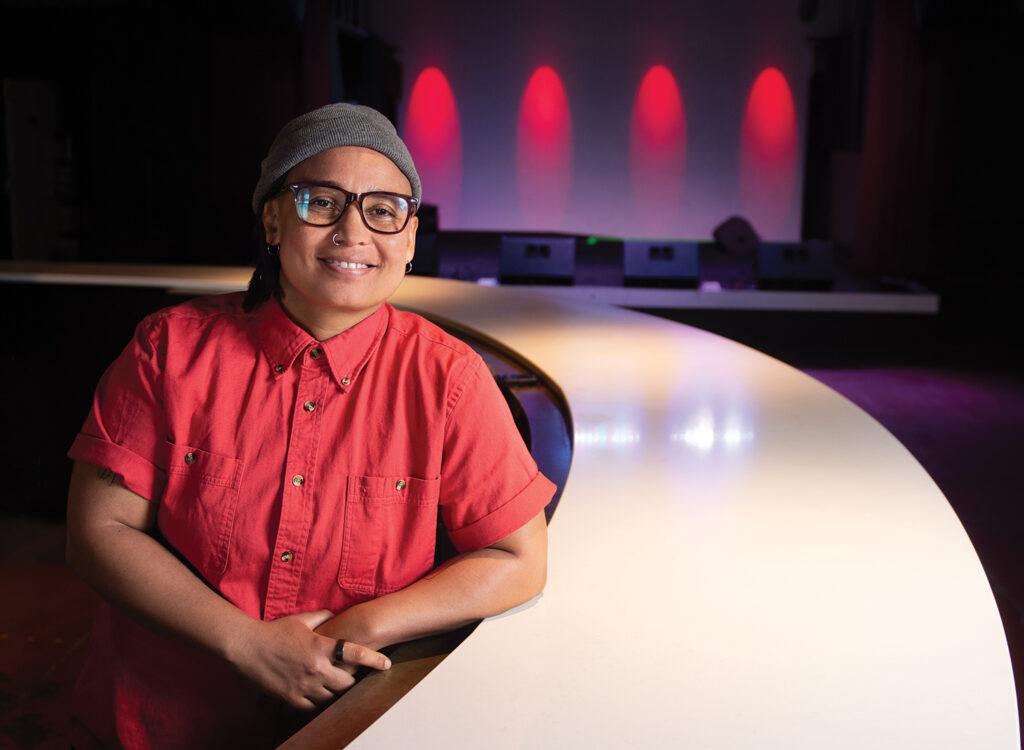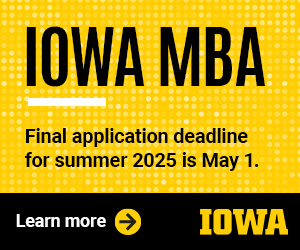Resurgent ape center looks to expand, allow visitors

PERRY BEEMAN Feb 19, 2015 | 8:42 pm
6 min read time
1,444 wordsArts and Culture, Business Record InsiderWhen scientist Jared Taglialatela arrived at Des Moines’ great ape facility near Easter Lake on a bit of a rescue mission, he was taken aback at what he found.
The language and cognition research center housing five bonobos was out of money. The lack of peer-reviewed, published scientific papers was striking. Protocols ranged from incomplete to nonexistent. It was a research center, then a sanctuary.
The name of what once was the Iowa Primate Learning Sanctuary, then Great Ape Trust, changed regularly, as did the mission.
“They were struggling, and I think that is putting it mildly,” said Taglialatela, the unpaid research director at the facility now called Ape Cognition and Conservation Initiative. “They were broke. We were asked to help.”
That help is unfolding more than a year after new management came in, with plans for:
- The addition of several more bonobos as part of a mating program, and up to 25 chimpanzees from national primate centers. The chimps would live in a building that previously housed orangutans, with possible financial support of up to $425,000 per year from the National Institutes of Health.
- A new Iowa Primate Consortium to encourage collaborations and outside financial support of the operations.
- New memberships and a revamped public visitation program.
- A multi-million-dollar endowment to provide long-term care for the apes.
- New nature trails that will make it easier to observe apes in their outdoor yards.
- More aggressive fundraising, with an appeal for public donations, support from the Iowa Board of Regents, partnerships with other research institutions and colleges and universities, and continued application for research grants.
- Research on ape cognition and communication by scientists on the staff and from around the world. “My main focus has been on communication, with a focus on vocal and gestural communication,” Taglialatela said.
- Repairs to the buildings.
- A garden that will supply produce for the bonobos and for sale at the Des Moines Farmers Market.
- Two or three graduate students will work with a staff of two full-time and one part-time caretakers, a research coordinator, and 20 trained volunteers.
Things are looking better financially, too, said Taglialatela, an assistant professor in the biology and physics department at Kennesaw State University in Georgia who commutes to Des Moines at least once a month.
Taglialatela said the center has a U.S. Department of Agriculture permit to conduct research and attracted $150,000 in research grants from the National Institutes of Health last year, focusing mainly on cognition and communication. He expects a similar amount this year. The center also brought in $25,000 from fees for educational events and tours in 2014, and expect at least that in 2015.
Last year, the organization also received $40,000 from Kennesaw State University, $10,000 from Georgia State University for operational costs and a $4,000 student research grant from Kennesaw. Those two universities have pledged at least $10,000 each for this year’s operations. The facility needs to raise about $180,000 a year for operations, and is hoping fees paid by visiting researchers, and donations, will help.
The Des Moines research facility has been negotiating with national primate centers to move as many as 25 chimpanzees to a building at the Des Moines campus that formerly housed orangutans. That could mean as much as $425,000 a year in support from the National Institutes of Health, Taglialatela said.
The center wants to establish endowments for each of the bonobos, and has a goal of raising $120,000 in donations from residents and organizations this year.
On the research front, Taglialatela expects the center’s research to produce results worthy of peer-reviewed journals, amping up what he considers light production from the previous researchers.
“The publication was not anything near what you would expect from an active research institution,” Taglialatela said. “It makes you wonder what was really going on back then.”
Some of the apes have not been assessed for language proficiency but will be, and the staff will look to publish a new assessment of Kanzi, the most famous of the bonobos due to his ability to understand spoken English and dozens of abstract symbols used to identify various objects or people.
The place is now being operated in large part by Taglialatela and Bill Hopkins, a professor of neuroscience and psychology at Georgia State University. Neither draws a salary.
The Iowa Primate Learning Sanctuary opened in 2004, the dream of Des Moines businessman Ted Townsend. It eventually had small groups of both bonobos and orangutans, in separate buildings on a heavily secured 230-acre campus on abandoned land donated by the city, and became known as Great Ape Trust before a flurry of new names and missions involving teaming with apes to produce art, and others.
Townsend brought in a team of scientists he called world class, but insiders quickly noted that the scientists endured what appeared to be ego-driven spats on a regular basis. In 2010, the orangutans were moved to the Indianapolis Zoo, where the Great Ape Trust’s lead orangutan researcher, Rob Shumaker, took a job. Plans to become the only North America facility with bonobos, orangutans, chimpanzees and gorillas never materialized.
Townsend had intended to provide seed money until research grants came in to support the operations, but the scientists and other staffers failed to bring in that cash. Townsend, having spent far more than he intended, pulled his support at the end of 2011. That led to layoffs, scaled-back operations and the departure of the scientific team except for bonobo researcher Sue Savage-Rumbaugh, who at one point was paid $165,000 per year.
Savage-Rumbaugh tried to set up a new operation with a hand-picked board and staff, but she faced accusations from former ape caretakers that she wasn’t properly caring for the bonobos and had endangered some workers and volunteers. Four of the Des Moines facility’s original eight bonobos died before the present staff took over. (Teco was born at the center in 2010.)
An internal review couldn’t find enough evidence to support action against Savage-Rumbaugh. She was reinstated after her suspension during the investigation. But later the scientist once featured by Time magazine as one of the 100 most influential people in the world for her communications with the bonobos, including two that became proficient at communicating with her and others through a symbols on a page or computer screen, eventually was replaced.
Savage-Rumbaugh’s decision to take young bonobo Teco to an off-campus public gathering in 2012 – exposing him to possible illness – was an indication of trouble, as was the lack of scientific papers, Taglialatela said. “I think that is what led to the ultimate failure -the lack of scientific productivity and bad management.”
What once was $4 million-a-year operation with several dozen employees had become a $1.4 million-a-year proposition with a few employees, then a skeletal operation running on $350,000 a year, or less.
Taglialatela, who had Savage-Rumbaugh for his graduate school adviser, said he is confident the facility will remain open indefinitely, operating as a research institution publishing peer-reviewed papers in professional journals. “We have stabilized the finances,” said Taglialatela.
The staff also is writing protocols to protect the apes, who will not be taken off campus short of a medical emergency, Taglialatela said.
Taglialatela said bringing in chimpanzees would allow researchers to compare the coginition and communication abilities of chimps and bonobos on a single campus. “We would be only the facility in North American with both species, and one of two or three in the world. If you are interested as we are in answering questions about the two species, then we are the place for comparative research.”
The facility has the required U.S. Department of Agriculture permit for research and has passed all inspections since the new team took over. The center also has the required scientific oversight committee, Taglialatela said.
The center would like closer connections with the community. Some Des Moines students have already interacted with Kanzi via Skype. “We are part of the community. We are a resource for the community,” Taglialatela said.
“I’m feeling really good about our future because of the support we’ve gotten so far,” he said. “We’re here to stay. We aren’t going anywhere.”
Who is running the facility? Here is a list of board members:
George Caudill
President
Caudill Consulting, Ltd.
William Hopkins
Professor
Georgia State University
Jared Taglialatela
Assistant professor
Kennesaw State University
Tom Watson
Executive vice president and chief retail officer
Hy-Vee Inc.
Meg Fitz
Senior vice president
Greater Des Moines Partnership
Aliou Keita
Vice president for business development
Lincoln Savings Bank
Julie Gilmore
Attending veterinarian









